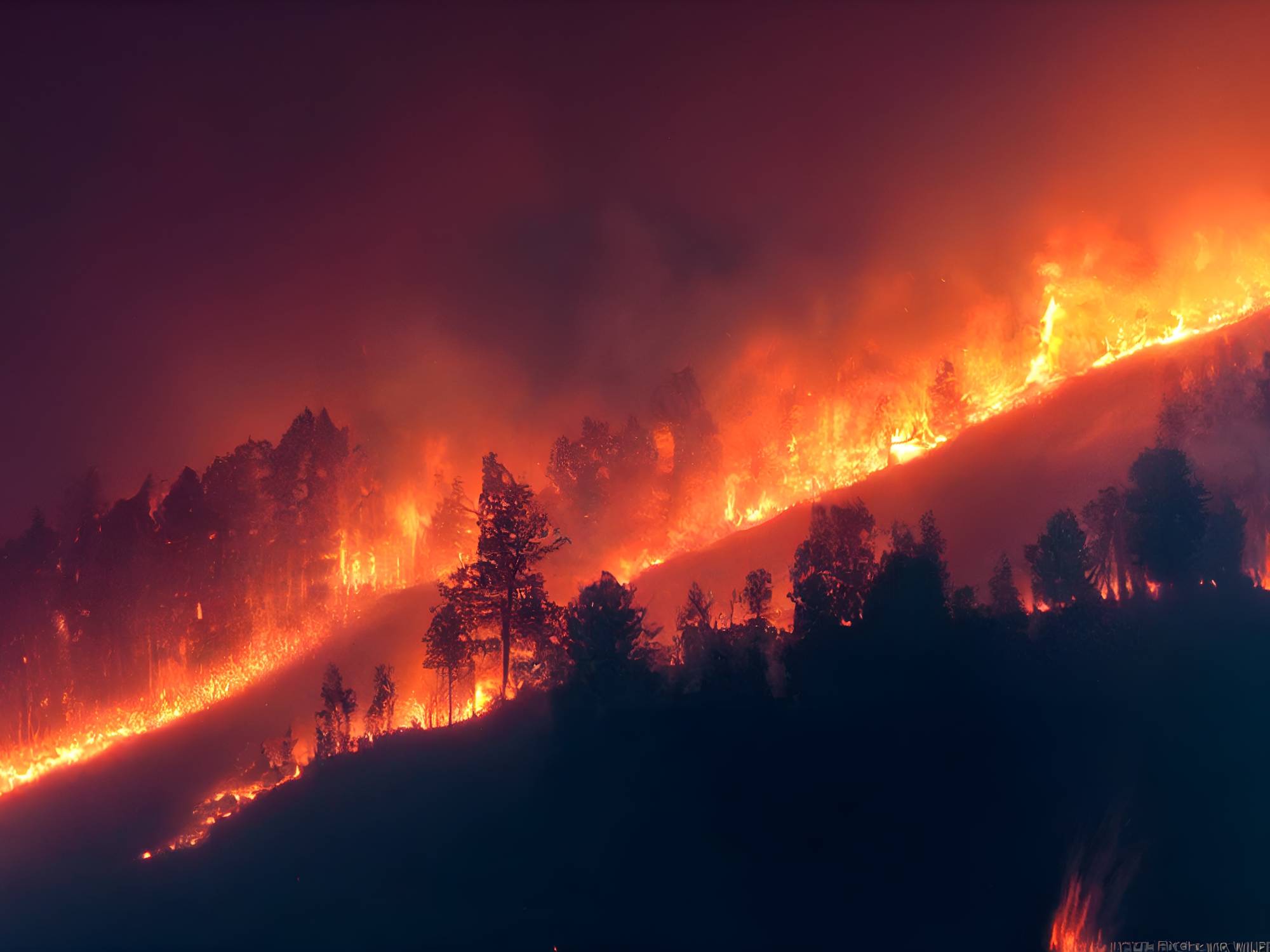Wildfires are a natural force in the great outdoors, clearing areas of dead brush and helping the circle of life roll on. Unfortunately, most causes of wildfires aren’t natural. Whatever the cause, wildfires turn once-lush forests, fields, and other natural sites into embers and ashes within minutes. Here’s why wildfires burn and how we can prevent them
Why Wildfires Burn
Here’s how wildfires start and spread.
Ignition
Every fire begins with a spark, whether from natural or human-made sources. Lightning strikes, extreme heat, and even spontaneous combustion are three natural ways for wildfires to start. Often, human actions are the main culprit for blazes. Unattended campfires, discarded cigarettes, sparks from machinery, and even the heat formed under large vehicles may ignite dry vegetation in areas where moisture levels are low. The combination of heat and fuel—dead leaves, shrubs, dry wood, and other vegetation—spurs the flames to life.
Rapid Growth
Once ignited, wildfires spread rapidly, especially when fuel is in abundance due to drought and dry weather. Wind plays a big role in a fire’s spread as well. A stiff breeze carries sparks and embers to other areas, enabling the fire to catch there as well. Fires move faster uphill because heat rises. Thus, the layout of the land and its topography also has a hand in a fire’s progression and voraciousness.
Full Development
This is the point where a fire is most ferocious. Towering flames, fire tornadoes, and massive heat radiate outward, further drying vegetation and causing smaller fires to erupt. Wind and dry air continue to lend an unwanted hand, further increasing the scale of destruction. Left unchecked, wildfires consume entire forests, fields, and prairies, leaving animal habitats, plant life, water and soil supplies, and nearby communities in ruin.
Decay and Extinction
One of the final stages of progression for wildfires is decay. Wildfires diminish as fuel runs out or the weather changes for the better (and wetter). Rain and cooler temperatures help abate a fire’s strength, as do the efforts of wildland firefighters as they work to control a blaze.
Preventing Wildfires
Wildfire prevention depends on us acting as stewards of the land. Be a responsible guest in the great outdoors. Properly douse campfires after use. Check that the coals are cool before you leave your site. Mind your local fire regulations, fire bans, and restrictions. Don’t smoke, and be careful with devices that produce heat, especially in dry circumstances. Finally, watch the weather. High winds and droughts should make you think twice about starting a fire, even something as benign as a campfire.
That’s why wildfires burn and how we can prevent them. Whether you hunt, fish, camp, kayak, or otherwise enjoy Mother Nature, staying educated and aware of fire prevention keeps things safe and secure for everyone, now and in the future.
Texas Outdoors
Latest posts by Texas Outdoors (see all)
- Benefits of Two-Way Radios for Hiking and Camping – June 23, 2025
- What To Consider When Staying at Your First RV Campground – June 18, 2025
- A Quick Guide for the Different Off-Road Trail Ratings – June 11, 2025

Leave a Reply